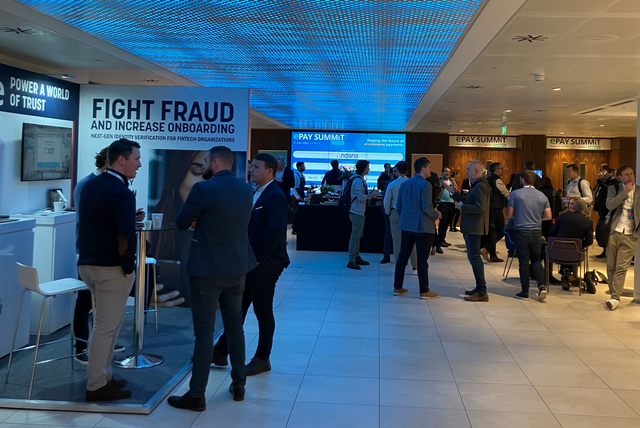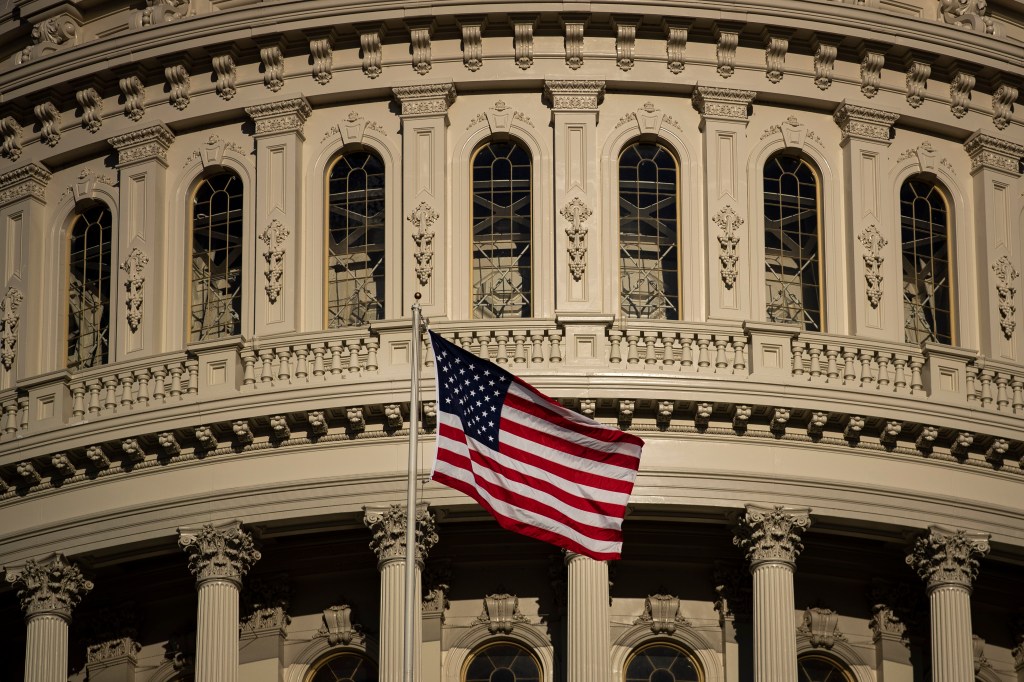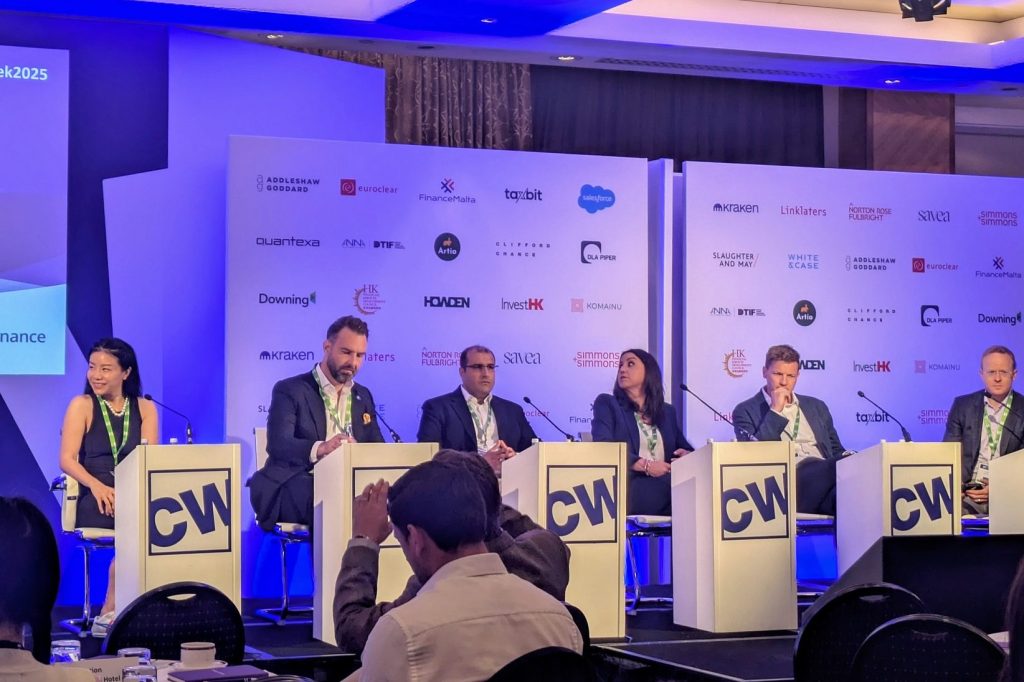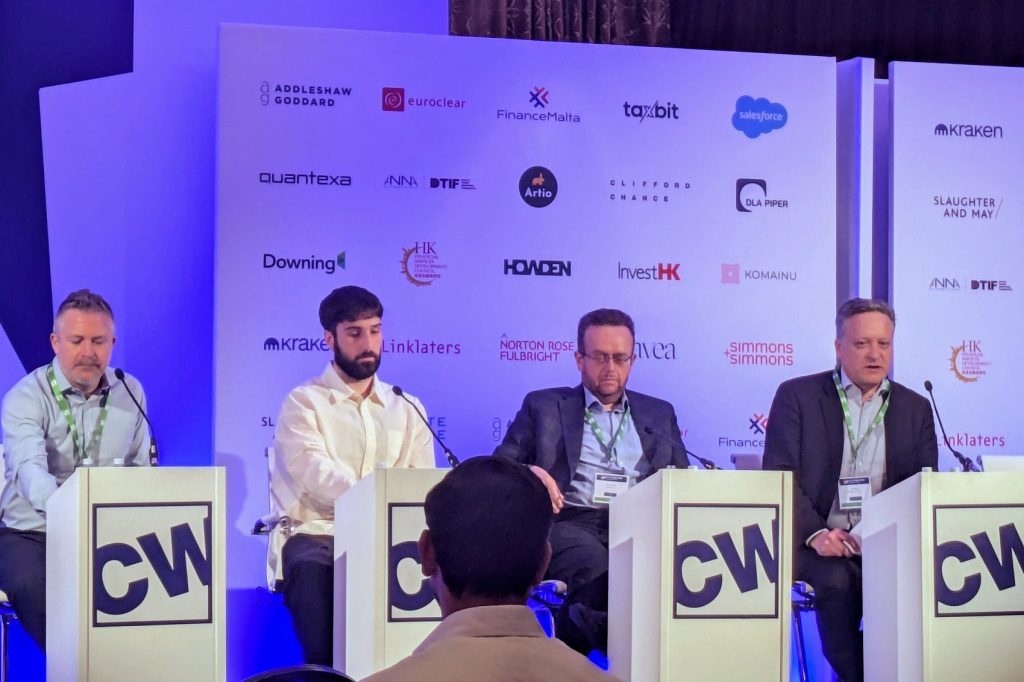Industry experts homed in on the main issues of the day at this year’s ePay summit in central London on Wednesday. Dozens of panel speakers and thought leaders spoke about the main challenges facing fintech in a series of keynote addresses and fireside chats.
A major focus for the panel speaking on “Reshaping B2B payments” was the regulatory challenge and risk for companies handling cross-border payments. Rapid digitalisation and global trade mean increased demand for faster, cheaper, more transparent, and more inclusive cross-border payments.
“We have to remember that while the industry innovates, unfortunately the fraudsters do at a much faster rate, so it really is a question keeping up.”
Volodymyr Hlushchenko, Engagement Director, N-iX
“Cross-border payments are more complex than domestic payments and are more regulated. But the pain points are the same, for example transaction fees speed, and security issues,” said Volodymyr Hlushchenko, Engagement Director, N-iX. “A lot of the issues and frictions could be resolved with a proper technology tag, adoption of the techniques, and partnering with new fintechs who deliver those solutions. We have to remember that while the industry innovates, unfortunately the fraudsters do at a much faster rate, so it really is a question keeping up.”

Building consumer trust and implementing a lasting fraud prevention strategy, to maintain the balancing act between security and seamlessness, is a focus for many fintechs.
“It comes down to working with trustworthy partners,” said Nirav Patel, CEO, Andaria. “So from my perspective, understanding that the partner that I’m working with, in LA or China or wherever it may be, has the governance, backbone, structure, and the right security measures in place.”
Embedded payments are very much the future of e-commerce and key to allowing a seamless flow of money, according to Andaria. This specifically means a payment facility embedded into the customer experience within an app. Uber and Amazon are frequently cited examples.
The embedded finance payments market is projected to reach $141bn by 2025, up from $16bn in 2020, while in insurance this will rise to $71bn from $5bn in the same time frame.
But regulatory challenges remain. “[Some markets] do not have that ability to innovate, because the government hasn’t created the right regulation, clean work, etc,” said Paul Farquharson, SVP Global Partnerships, Unlimint. “Bridging is a term I love with better payments. So if you can be that bridge or gateway it allows you to be able to earn much more value.”
Digital currency potential
Naturally crypto and digital currencies featured heavily on the agenda. The Bank for International Settlements (BIS) reported that as of 2021, 60% of central banks were experimenting and conducting their own proof of concepts with distributed ledger technology (DLT) to create central bank digital currencies (CBDCs).
Part of the appeal of DLT-based CBDCs is their potential to settle payments in real time, 24/7, meeting high security requirements and data confidentiality standards.
“Stablecoins are somewhat a stable form of digital money, but we’ve seen many issues with them crashing,” said Emma Landriault, Vice President, J.P. Morgan. “We’ve started to see wholesale CBDCs come to prevalence as a means of settlement, but they don’t really exist yet. So we see an opportunity to bring commercial bank money into the picture for these settlement functions. We are viewing this as deposit tokens getting out of the contagion and instability issues surrounding stablecoins. We have transaction monitoring and AML considerations.”

Being a hot topic of the moment, AI and machine learning also emerged in the talks, with leveraging data an important point for businesses.
Many of the companies seemed to be gearing up for Money 20/20 taking place in June in Amsterdam. GRIP will be in attendance to cover fintech’s biggest annual event.
Please note this is not an exact transcription of what was said at this event and has not been approved by the speakers – it is a report of the discussion by the reporter who attended the event.













